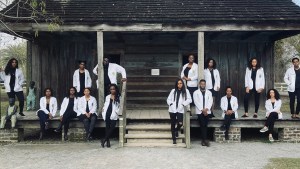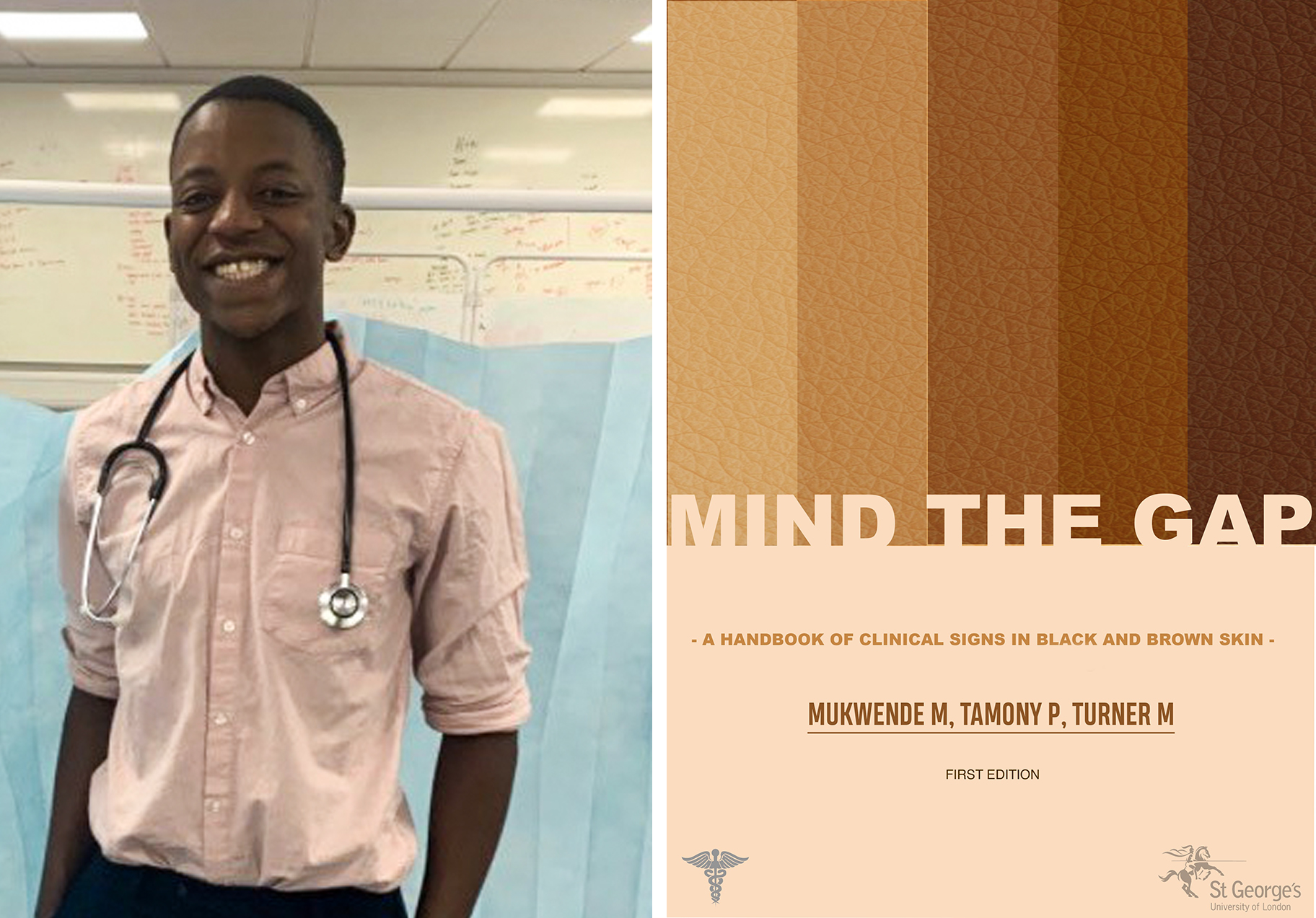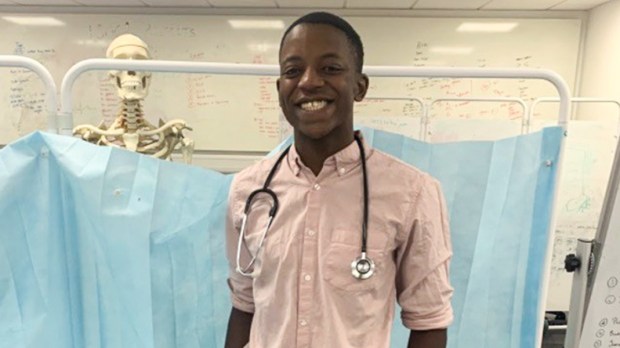Malone Mukwende has not even graduated from college yet, but he’s helping to bring about important changes in medical science. While studying at St. George’s in London, the young Black medical student noticed how there was a lack of understanding as to how disease shows up differently on skin of different tones.
As reported in the Daily Mail, Mukwende realized that when learning of symptoms to look out for, in sometimes life-threatening cases, students only had reactions on white skin as a point of reference. “We were often taught to look for symptoms, such as rashes, in a way that I knew wouldn’t appear on my own skin,” he said in a statement to the British Medical Journal.

Read more:
Powerful photo of med students in front of slave quarters goes viral
This inspired the young medical student to create a handbook that shows the differences diseases have on BAME (Black, Asian and minority ethnic) skin. The booklet, called Mind the Gap, gives a side-by-side comparison of diseases on all the different skin colors, as well as giving doctors appropriate terminology to use with their patients.
Coronavirus has been an example of how a more general list of symptoms does not apply to non-Caucasians, and this can be potentially dangerous for a patient. “The booklet addresses many issues that have been further exacerbated during the Covid-19 pandemic, such as families being asked if potential Covid patients are ‘pale’ or if their lips ‘turned blue.’”
These descriptions doesn’t apply to a Black patient, so the doctor and the patient are at a disadvantage from the beginning of an appointment.
As Mukwende pointed out: “It is essential we begin to educate others so they are aware of such differences and the power of the clinical language we currently use.”
Mukwende has received backing from St. George’s, which is helping him to publish the handbook. It’s come at a time when people have been calling for more medical awareness when treating non-white patients.

One particular disease that is potentially life-threatening and presents itself very differently among skin colors is Kawasaki disease, which affects young children and has a fatality rate of 2-3% if not treated correctly. This is particularly concerning at a time when a small number of children seriously ill with COVID-19 have been reported presenting with Kawasaki-like symptoms.
Among the symptoms are dried or cracked lips, swollen glands, red fingers or toes, red eyes, and a rash. On white skin the rash is red and blotchy and is quickly recognizable. On black skin, however, the rash is far harder to detect.
It’s through the awareness created by the medical bodies that patients can be assured of better treatment, and it’s through inspirational young students like Mukwende that essential changes can be made.

Read more:
Meet the 99-year-old French doctor still treating patients with COVID-19

